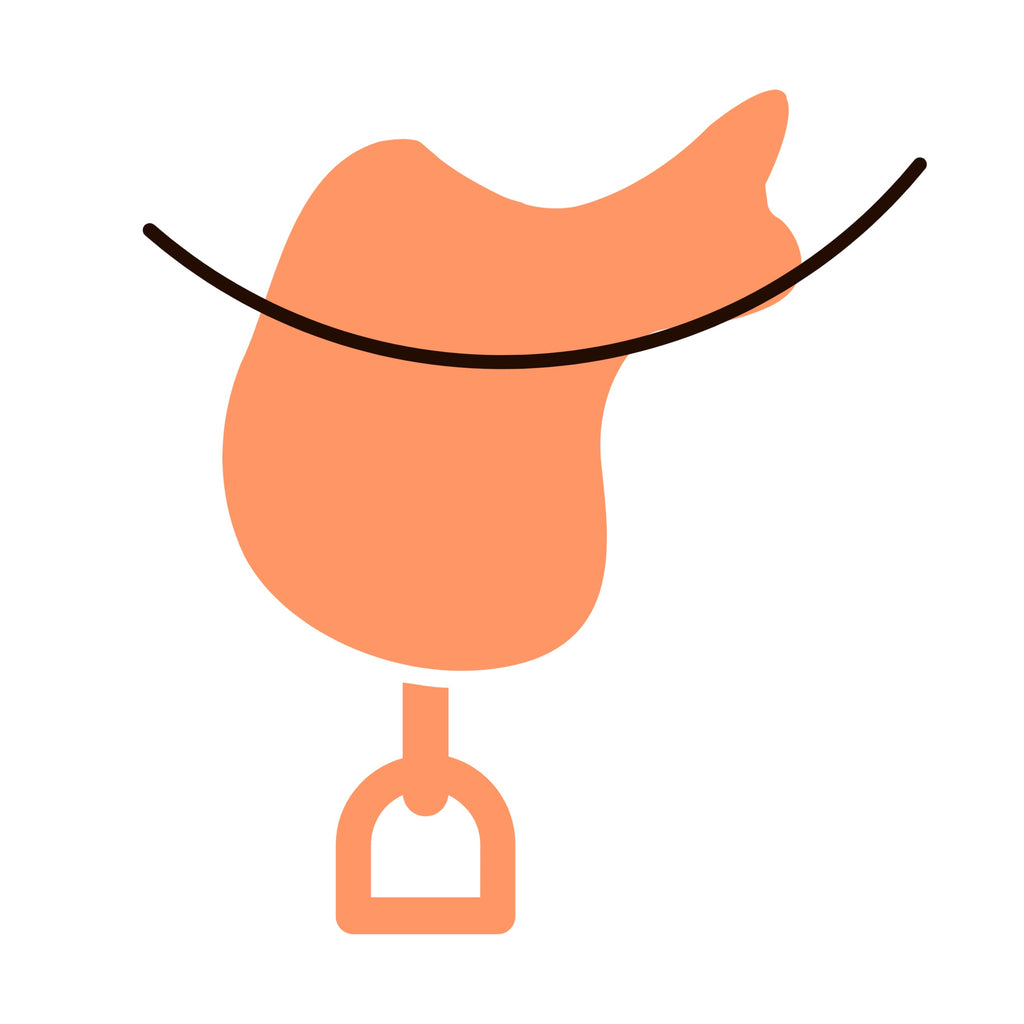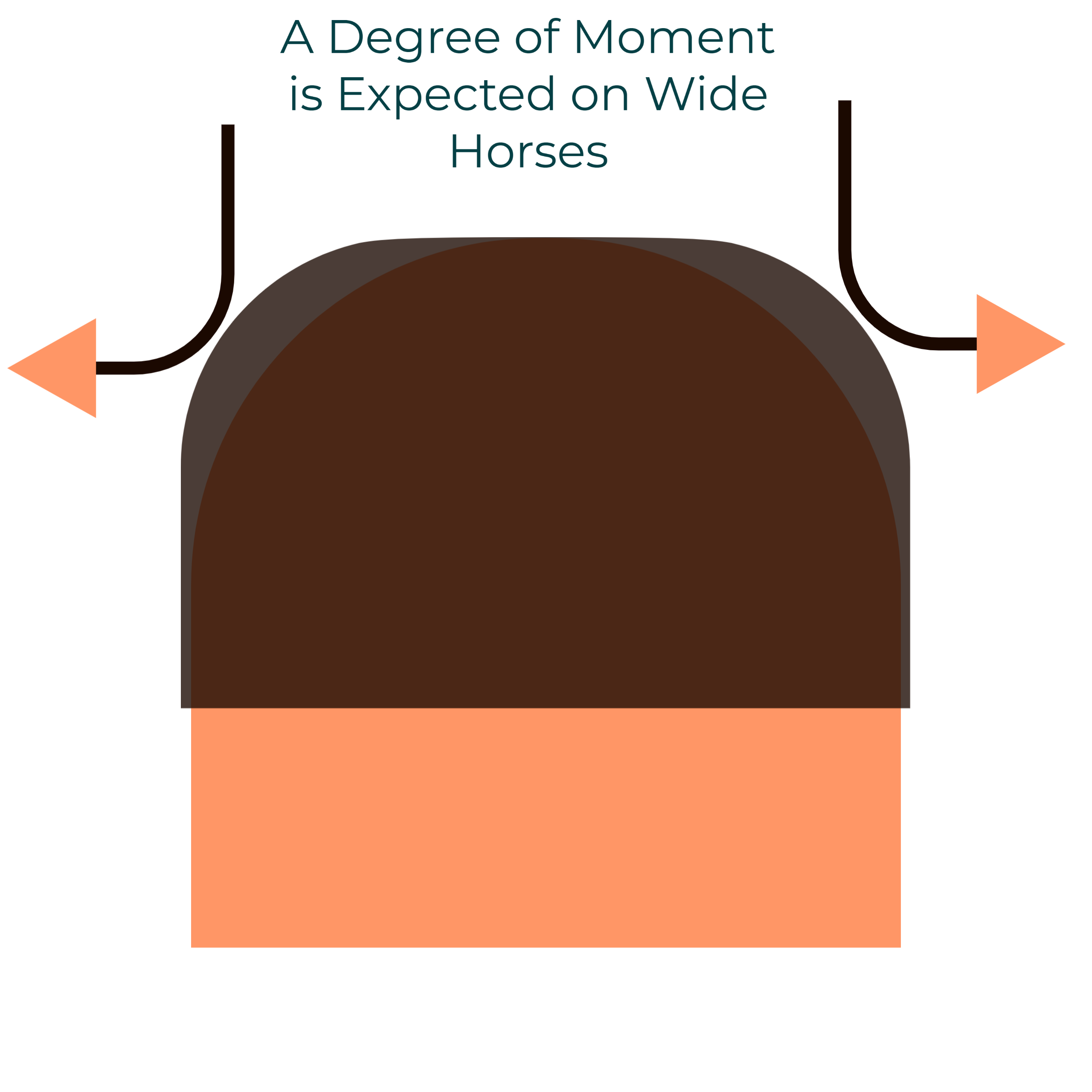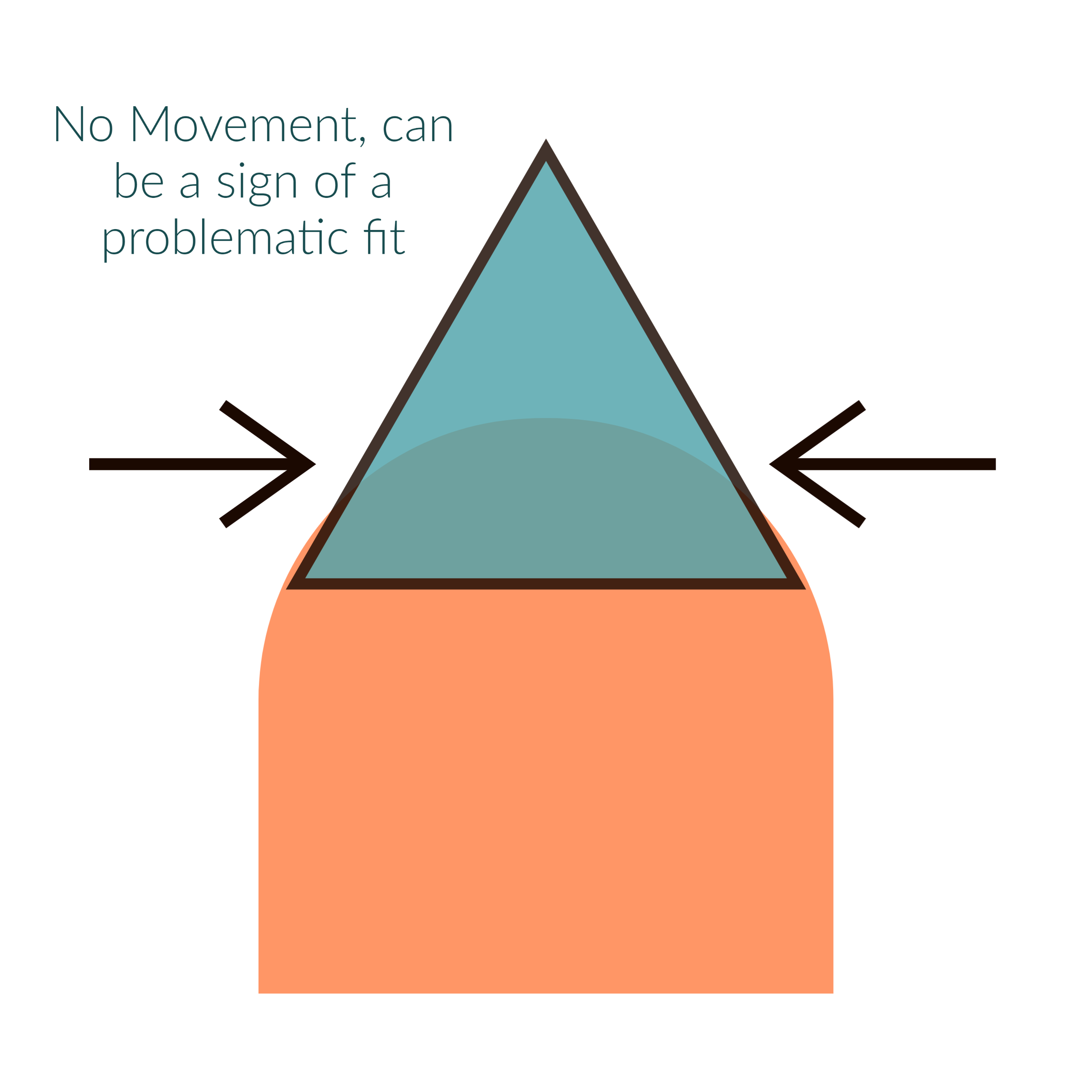The Interplay Between Hoof Condition and Saddle Fit for Your Horse
The Interplay Between Hoof Condition and Saddle Fit for Your Horse
When it comes to horseback riding, ensuring the comfort and well-being of your equine partner is of paramount importance. One often overlooked aspect that can significantly impact your horse's comfort is the condition of their hooves. Believe it or not, the state of your horse's hooves plays a crucial role in how well your saddle fits. In this blog post, we will delve into the intricate relationship between hoof health and saddle fit, and why it matters for both your horse's performance and overall welfare.
1. Hoof Health and Weight Distribution:
The condition of your horse's hooves directly affects their weight distribution and balance. Hoof issues such as improper trimming, cracks, or imbalances can lead to uneven pressure on the hooves, altering the way your horse carries themselves. An ill-fitted saddle can exacerbate these issues, causing discomfort, soreness, and even long-term musculoskeletal problems.
2. Hoof Shape and Saddle Contact:
The shape of your horse's hooves, including their width, length, and angle, influences the way they interact with the saddle. If a horse's hooves are too wide, the saddle may sit too low, leading to pressure points and restricted movement. Conversely, if the hooves are too narrow, the saddle might not have adequate contact, causing instability and discomfort during riding.
3. Impact on Movement and Performance:
Horseback riding requires fluid and natural movement. A horse with unhealthy hooves might alter their gait to compensate for discomfort. An improperly fitting saddle compounds this issue, hindering your horse's range of motion and affecting their performance in various disciplines. Over time, this can lead to resistance, behavioral issues, and diminished performance capabilities.
4. Saddle Fit Compensations:
When faced with saddle discomfort due to hoof-related issues, horses may attempt to compensate by shifting their body position. This can result in an improper saddle fit, as it's now adjusted to an unnatural posture. Addressing hoof conditions in conjunction with saddle fit ensures a more harmonious riding experience and helps prevent long-term physical problems.
5. Importance of Regular Hoof Maintenance:
To maintain optimal saddle fit and overall equine health, regular hoof maintenance is crucial. Routine trimming, proper shoeing, and attentive care from a qualified farrier help prevent hoof-related issues that could affect saddle fit. Communicate with your farrier and saddle fitter to create a collaborative approach that prioritizes your horse's comfort.
The intricate connection between your horse's hoof condition and saddle fit underscores the importance of holistic equine care. To provide your horse with the best riding experience, it's essential to regularly assess and address their hoof health alongside saddle fit considerations. By prioritizing both aspects, you'll contribute to your horse's comfort, well-being, and longevity in their riding career. Remember, a happy horse is a healthy horse, and a healthy horse makes for a more enjoyable and successful partnership in the equestrian world.







